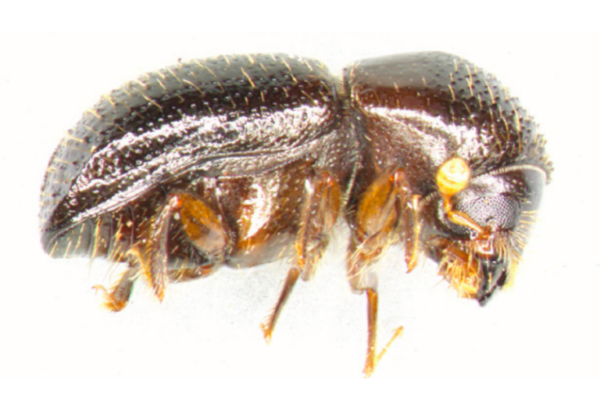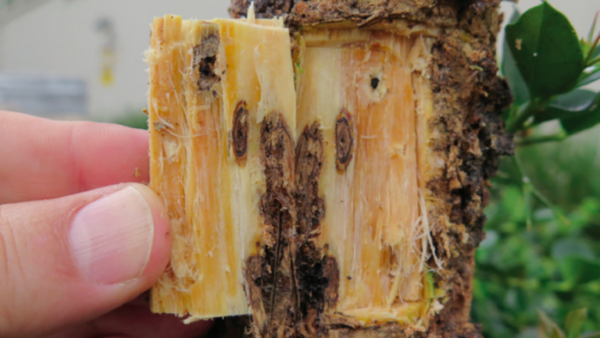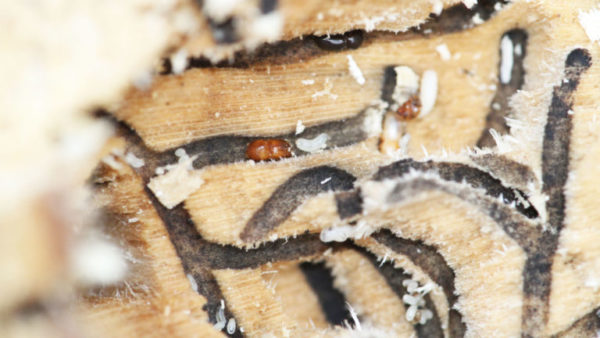The invasive Polyphagous Shot Hole Borer beetle (PSHB) has been spreading steadily, warns the City of Cape Town. The City has recorded at least 128 sightings of this pest in the Southern Suburbs within less than a month.
The beetle was discovered outside of the Somerset West area for the first time on 24 January 2023 with another sighting of an infested boxelder tree on a private property along Kildare Road in Newlands.
Since then, more sightings have been reported in Newlands, Rondebosch, Mowbray, Claremont and also along the Liesbeek River corridor.
The City now confirms that the beetle has found its way to Observatory and Kenilworth where more sightings of infested boxelder trees have been reported.
“This is extremely alarming and confirms our worst fear: that the pest is spreading and that we will probably discover more sightings in more areas as the weeks go by,” said the City’s deputy mayor and Mayoral Committee Member for Spatial Planning and Environment, Alderman Eddie Andrews.
“The PSHB beetle poses a serious threat to Cape Town’s urban forest as infested trees have to be chipped. All trees are under threat, from those on private properties to those along our roads, on verges, in our parks and at wine farms.”
“I want to urge private property owners, and wine farm owners in particular, to be on high alert as infestations of oak trees have been confirmed at wine farms outside of the City’s boundaries,” continued Andrews.
He warned that though the beetle may be very small in size, the potential damage is huge in scale. Residents, nursery owners and landscapers are urged to lookout for symptoms.
Apart from infested wood, the 2mm big borer beetle can also spread through clothing, vehicle crevices, or unclean horticultural equipment.

Signs and symptoms of infested trees:
- Branch dieback: cracks on the branch; discoloured leaves; dry and leafless branches; branch break-off revealing webs of galleries filled with black fungus.
- Gumming: blobs of goo coming out of the bark; oozing of liquid and gum from the beetle holes.
- Entry and exit holes: very small holes on the bark of the tree, the size of a sesame seed (2mm); shotgun-like scars developing around the holes.
- Staining: brown or dark stains on the bark of the tree.

Infested trees may not be removed from the property as the removal of the chipped wood will spread the pest to other areas. Do not buy and move firewood from areas where trees are infested.
The use of pesticides and fungicides have not proven effective at eradicating PSHB beetles from infected trees.
What to do:
- Chip the tree, place the infested material in refuse bags, seal it and put these in direct sunlight for at least six weeks.
- Dump the chips in your compost heaps as the heat build-up will kill the beetle.
- Burn infected wood at appropriate incineration facilities.
- Seek assistance from trained and equipped service providers with sound knowledge of PSHB beetles.
- Do not transport any form of green waste in open vehicles, cover it with sail covers even if no PSHB beetles have been identified as such green waste.
- Clean tools and equipment used to trim/cut/prune plants.
How to report PSHB beetle sightings
- Online: capetown.gov.za
- Call: The City of Cape Town’s Invasive Species Unit on 021 444 2357 (Monday to Friday 7.30am to 4pm)
- Email: [email protected]
Picture: City of Cape Town


